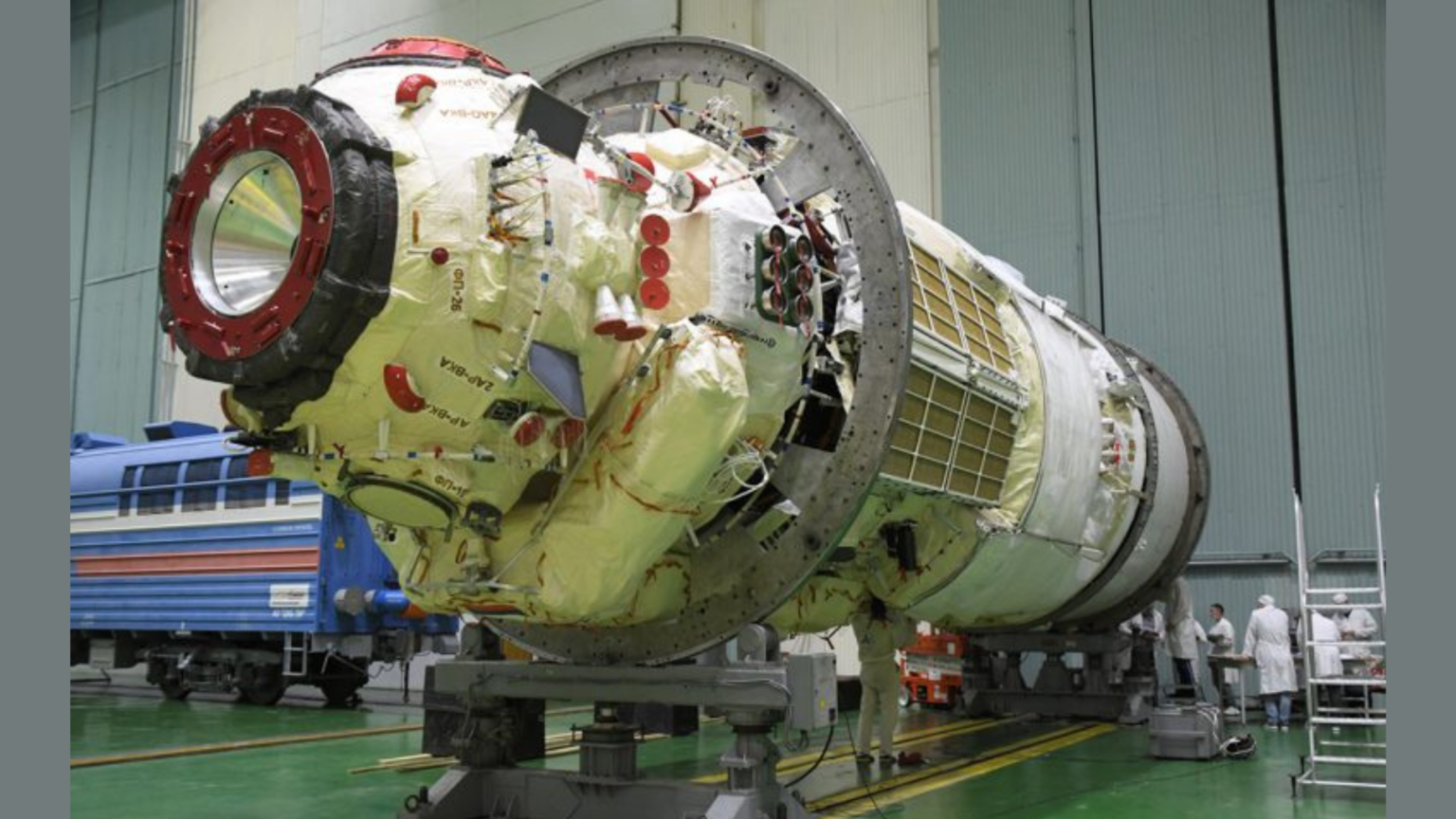The Russian Section of the International Space Station has suffered another coolant leak, for the third time in less than a year. This has caused concerns about the integrity of the agency’s space program. The leak caused observable snow-flakes of coolant to fly off of the facility, as observed in the NASA Livestream. Roscosmos has issued a statement assuring that the leak has not caused any danger to the crew or the station.
Image Credit: NASA
Cause of the Leak – still unclear
Russian Space Agency – Roscosmos said that the coolant leak occurred in the external backup system of the radiator circuit of the Nauka module delivered to the ISS by the Russian side in 2021. The module is named Nauka – meaning science – is the Multipurpose Laboratory Module where scientific experiments are conducted, which was added to the ISS in July 2021. The backup radiator system where the leak occurred was sent to the ISS in a mission in 2010.
NASA mission control Houston requested the American Astronauts on-board the ISS to investigate the coolant leak. NASA has not yet issued an official statement. The Russian Space Agency emphasized that the main radiator circuit is fully functional and the leak is not a cause for worry. “The crew and the station aren’t in any danger,” Roscosmos said. They are still investigating the cause of the leak.
Previous Coolant Leaks on the Russian end
Soyuz MS-22 was the crew capsule that originally took NASA Astronaut Frank Rubio and Cosmonauts Sergey Prokopyev and Dmitri Petelin up to the International Space station as a part of Expedition 68. Later in December 2022 however, the spacecraft showed similar flaking due to a coolant leak, causing it to be deemed unusable for their scheduled return.
Roscosmos engineers speculated that the flaking was due to a leak caused by a micrometeorite impact on the craft, and not due to manufacturing error. Space debris is definitely a serious current issue and needs to be solved with careful international collaboration to avoid future challenges that more debris-collisions could pose.
They had to extend their mission, which was originally meant to be 180 days, and had to stay in space for over a year, clocking a whopping 371 days, making it the longest space flight by a NASA Astronaut. The crew are among the longer spaceflights of humans and the effects of long spaceflight on human physiology as well as psychology will be studied in detail in order to better prepare Astronauts and Cosmonauts for future missions.
The crew finally landed home on 27th Sep 2023, on the Soyuz MS-23 crew capsule. The Soyuz MS-23 was sent to the ISS as a replacement to the failed Soyuz MS-22, and the empty Soyuz MS-22 was landed on Earth without its original crew soon after the replacement MS-23 docked onto the ISS, also sent there uncrewed. Another coolant leak occurred in February 2023 on the supply ferry ship ‘Progress MS-21’ of Roscosmos, which also delayed the launch of the Soyuz MS-23 replacement craft meant to allow the Astronauts to land home.
The Russian Space sector has hence faced multiple challenges and technical difficulties, possibly due to political tension of the ongoing war, lack of funding and other corruption scandals, and these leaks are only adding fire to the flames of difficulties and failures of the sector.
Amid current geopolitical tension with Russia’s attack over Ukraine, the ISS remains one of the very few collaborative efforts between Russia and the United States. NASA and associated space agencies hope to keep the collaborative mission station in orbit until 2030.
